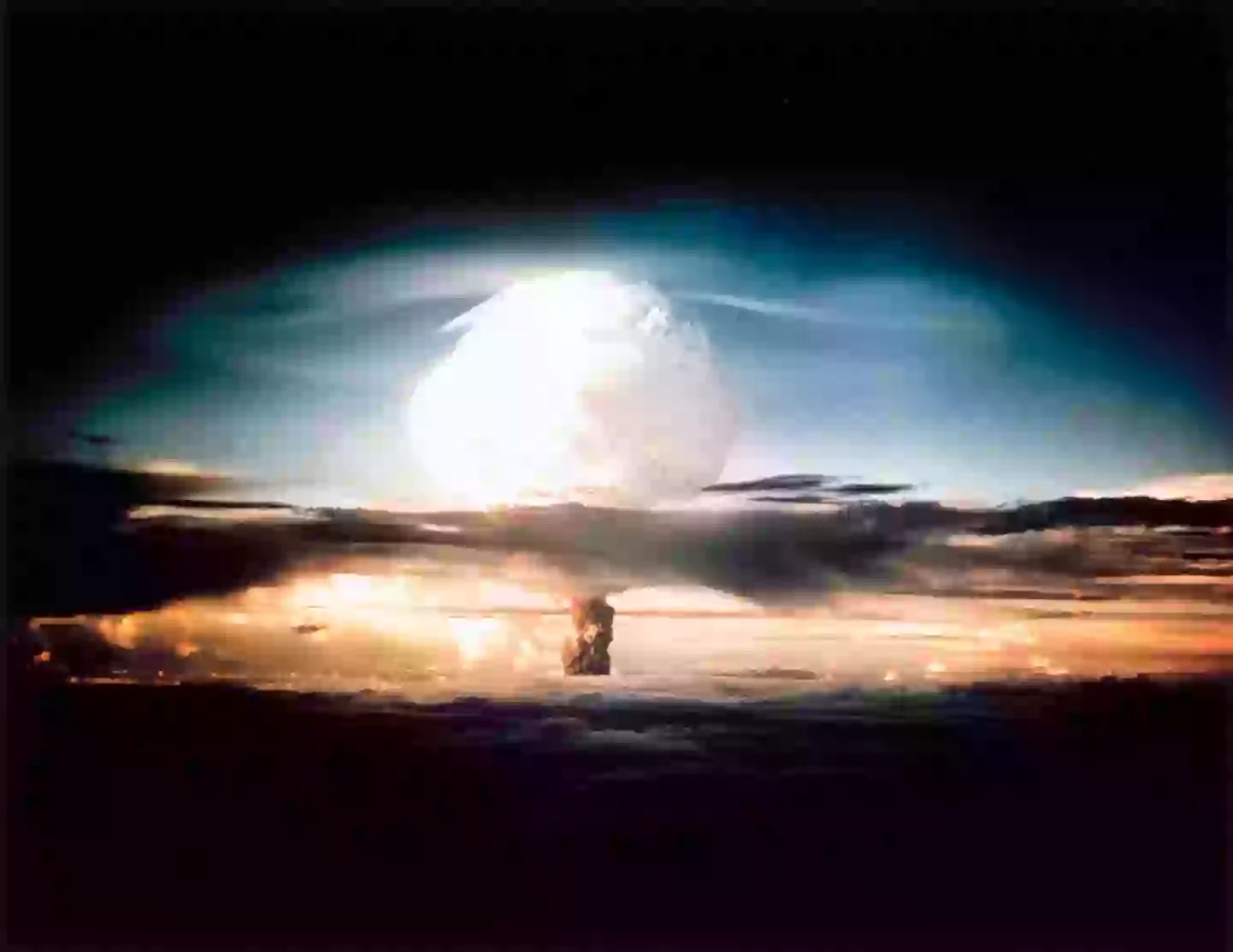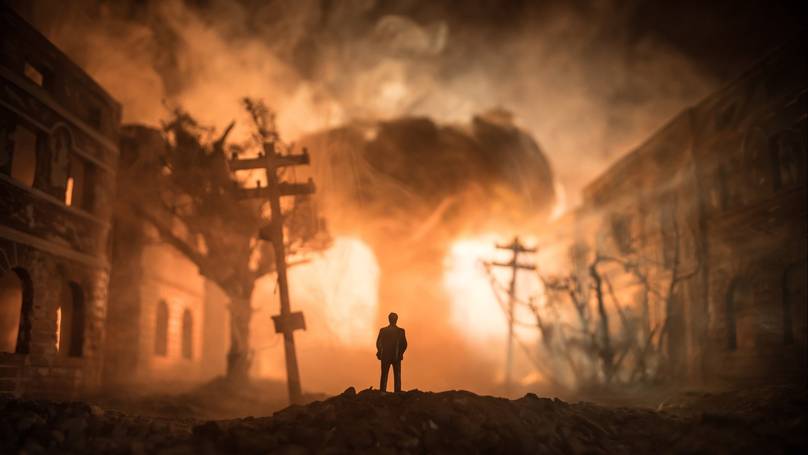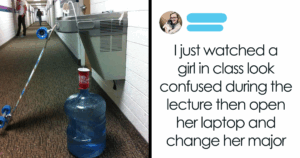Inside the Terrifying Reality: What an Atomic Bomb Does to the Human Body Revealed by Nuclear Expert
Ever wonder what it’s really like to be front-row center for an atomic bomb blast? Yeah, none of us plan on getting that close, but nuclear weapons expert Alex Wellerstein drops some eye-opening—and frankly chilling—truths about what a human body endures when a fission bomb goes off. We’ve all heard the history lessons about Hiroshima and Nagasaki, but Wellerstein peels back the fog and lays out, in grim detail, how brightness, radiation, heat, and shockwaves carve their devastating path depending on how close you are to ground zero. Spoiler alert: The further away, the better. But if you find yourself in that deadly radius? Well, let’s just say it’s not a story you’ll want to star in. Stick around, because hey, knowing what’s at stake might just save your life someday—or at least make you appreciate the simple act of ducking behind a wall a little more. LEARN MORE
Although we all hope we’ll never end up in the vicinity of an atomic bomb, this nuclear weapons expert has revealed what you can expect if you’re ever caught in the crossfire of one.
Alex Wellerstein, who specialises in the history of nuclear weapons and nuclear secrecy, has explained how a human would fare in front of a weapon powered by nuclear fission.
We’ve all seen the real-life effects of these weapons of mass destruction in the likes of Hiroshima and Nagasaki, but the reality of them can still be hard to comprehend.
Thankfully, Wellerstein has now offered his expertise to educate people on what actually happens to someone in an atomic bomb explosion… just in case.
According to the historian of science, who is an associate professor of Science and Technology Studies at the Stevens Institute of Technology, the damage you sustain is largely dictated by your radius to the blast zone.
He explained that ‘depending on where you are, there’s different effects that can happen’ – but obviously, the further away you are, the better.
If you are, unfortunately, in the immediate vicinity when a nuclear weapon goes off though, Wellerstein says the first thing that will strike you is the ‘brightness’ that it exudes.
“It’s very bright,” the nuclear expert told Wired. “And with that brightness comes this flash of radiation.

Alex Wellerstein explained what would happen to a human caught in the blast of an atomic bomb (YouTube/Wired)
“So if you are close enough to an atomic bomb, you will instantly get a lot of radioactive particles – gamma rays, beta particles, things like this – going through your body.”
Wellerstein explained that in terms of the bombing of Hiroshima, anyone within three quarters of a mile of the detonation point was at risk of absorbing a ‘fatal amount of radiation’.
“If you’re in that zone, you’re probably dead, no matter what happens next,” he continued. “If you’re a little out of that zone, you might get some radiation.”
Wellerstein acknowledged that although this is ‘not the best’ news, it’s the best of a bad bunch when you’re talking about an atomic bomb.
After being blinded by the flash of light and your body ravaged by radioactive particles, the next thing you need to be wary of is the unbelievable heat the bomb exudes.
“The surface of the fireball is hotter than the sun,” Wellerstein said. “If you’re in direct line of sight with this, it’s sort of like if the sun was suddenly a lot closer to you than it is right now…if you’re really close to the fireball, you could be literally ‘vaporised’, as people say.”
The nuclear whizz went on to explain how a lot of victims were ‘severely burned’ during the bombings of Hiroshima and Nagasaki, however, they thankfully weren’t ‘vaporised or melted’.

The nuclear expert explained that the damage sustained from these weapons of mass destruction depends on your radius to the blast zone (SSPL/Getty Images)
“You can get really bad burns,” Wellerstein explained, adding: “The next effect, that fireball in that first split second of it going off, is sort of super-heating the air around it. And what’s gonna happen then is it’s going to be moving outward.
“This is the shock wave, the blast wave. And as it goes out, it’s this sort of wave of pressure that’s going to intersect with the ground and move along it and push, and the more it goes, the weaker it goes.
“But this is powerful enough at different distances to do a lot of damage.”
The author and Harvard graduate then explained how the blast pressure from the atomic bomb dropped on Hiroshima had the power to ‘destroy almost any building that was standing’ – if it was within 300m from ground zero.
“Any buildings that are still remaining at Hiroshima, like the famous Atomic Bomb Dome, are gutted,” Wellerstein said. “Nobody’s doing well who was inside this building. They’re all dead.
“If you go out a little further, if you were about 1.7km from ground zero at Hiroshima, that’s the radius at which there’s enough to definitely destroy light structures. So houses, things like that.
“You go out further to maybe about 2.8 miles, and now the blast wave is weak enough that the most it’s doing is sort of breaking windows. That’s still not great.
“If you’re standing at a window as this thing comes to you, it’s gonna break all the glass and push it into you, and now you’ve been injured by a window. So depending on where you are, there’s different effects that can happen.”
Essentially, lads, stay as far as you can from an atomic bomb.

















